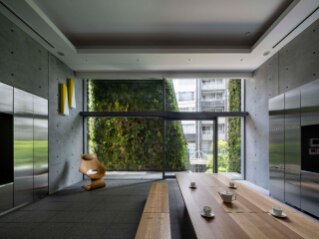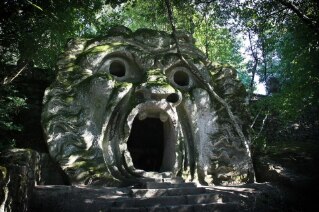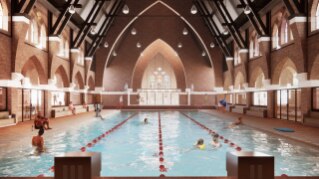A residential building with a compact brick base and an upper part featuring cantilevered glass volumes. The building designed by Concrete studio in New York City is a “classic” example of Dutch architecture, composed of layers and characterised by a mix of housing types and materials.
More than the architectural or compositional solutions, what makes The West project contemporary and interesting concerns the choice of certain materials, and is imperceptible in the final result. The architects worked with a company that produces bricks from waste materials, patented under the name WasteBasedBricks and produced by the Amsterdam-based company StoneCycling.
“No less than 42 different shapes and sizes of this brick were made to fully cover each corner and curve of the façade with its shiny grey - silver look,” said Stone Cycling.
The company works to reduce waste streams in the construction world, developing new generation materials that also meet designers' aesthetic requirements: over 60% recycled raw materials, carbon neutral production, conforming to industry standards, available in customisable shapes and shades.
We know how important it is to innovate at every stage of the architectural project: from sourcing materials to their transport and site logistics. The direction to be taken is that of a non-extractive architecture, or in the words of former Domus director Joseph Grima: “a form of architectural practice which considers the full chain of building’s consequences, taking all possible externalities into consideration”.

Accademia Tadini on Lake Iseo reborn with Isotec
Brianza Plastica's Isotec thermal insulation system played a key role in the restoration of Palazzo Tadini, a masterpiece of Lombard neoclassical architecture and a landmark of the art world.























